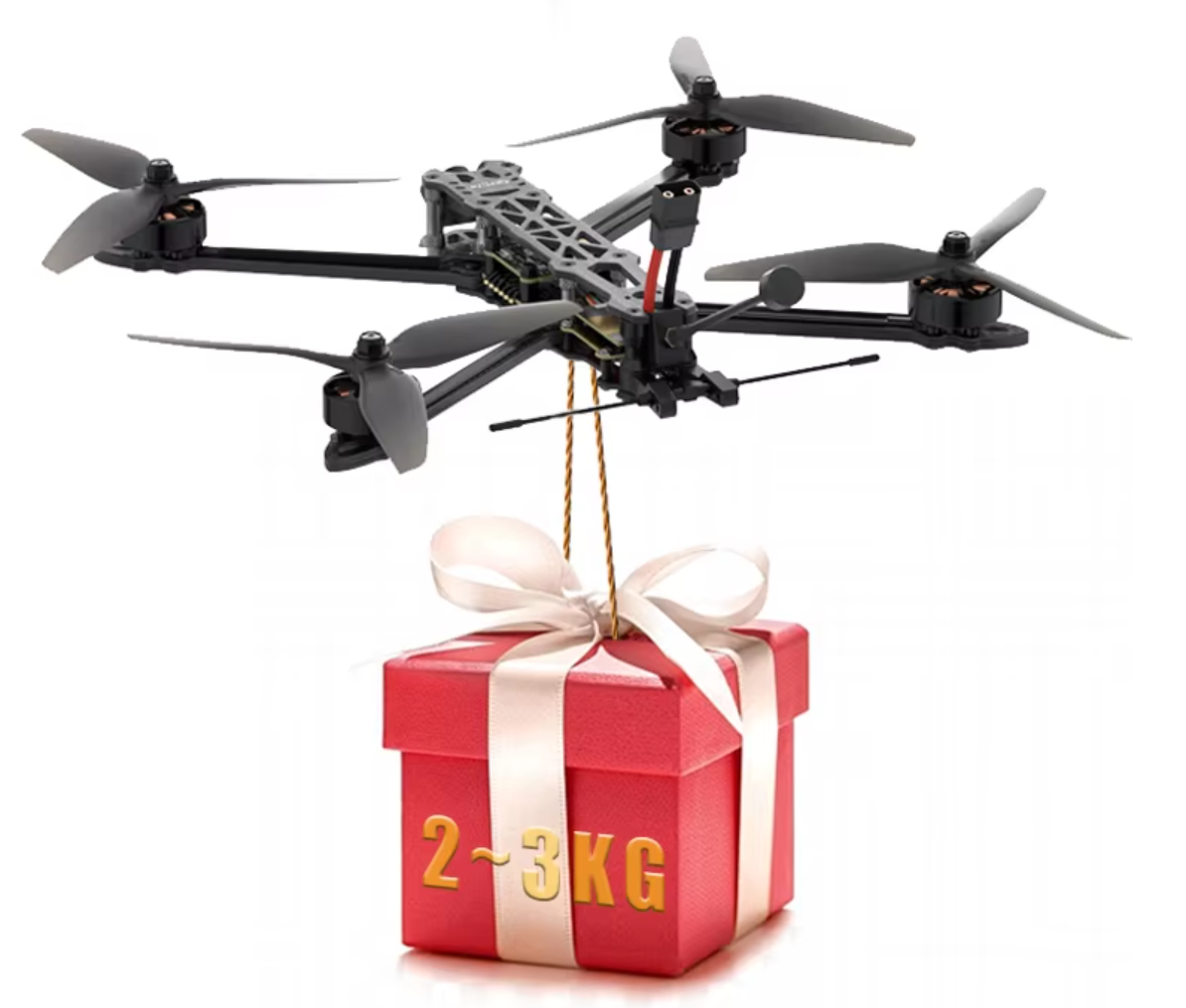LED large screen is an electronic device that can sometimes experience various malfunctions. Based on their extensive field experience, the maintenance engineers from Lehman Kangshuo have summarized five common faults and solutions for LED display screens.
**First, why does the entire screen appear dim or not bright?**
1. Visually inspect the power cable connections, the 26P cables between the modules, and the power module indicator to ensure they are all in good condition.
2. Use a **multimeter** to check the voltage of the unit board and confirm that the power module outputs the correct voltage. If it doesn't, the power module may be faulty.
3. If the voltage from the power module is low, adjust the fine-tuning knob (usually located near the indicator light) to bring the voltage up to the standard level.

**Second, what causes the LED screen to go completely black?**
This issue can occur due to multiple reasons, such as improper power supply, loose connections, or communication failure. For example, the screen might go black at startup, during data loading, or after sending content.
1. Ensure that all hardware components, including the control system, are properly powered with 5V and that the polarity is correct.
2. Check if the serial cable connecting the controller is loose or damaged. A loose connection during data loading can cause the screen to go black.
3. Confirm that the LED screen and the HUB distribution board are securely connected to the main control card.
**Third, why is the screen not loading or communicating?**
Communication issues can differ from loading problems. Possible causes include:
1. Verify that the control system is receiving proper power (5V).
2. Make sure the serial cable used is a straight-through cable, not a crossover one.
3. Inspect the serial port cable for any damage, looseness, or disconnection.
4. Match the LED control software settings with the actual hardware—ensure the correct model, transmission mode, serial port number, and baud rate are selected. Also, check the DIP switch settings.
5. Check if the jumper caps are properly placed and not loose or misaligned.
6. If the problem persists, use a multimeter to test the computer's or control system's serial port for damage.
**Fourth, why do bright lines or image changes appear briefly when the LED screen is turned on?**
After connecting the controller, HUB board, and screen, provide 5V power to the controller (do not connect directly to 220V). At the moment of power-on, you may see bright lines or a "flower screen" effect. This is a normal test signal indicating that the screen is initializing. The phenomenon usually disappears within 2 seconds, and the screen will enter normal operation.
**Fifth, what is automatic or manual brightness adjustment?**
Brightness adjustment refers to the process of adjusting the screen’s luminance between its darkest and brightest levels, not increasing sensitivity. Automatic brightness adjustment is managed by the control system, which adjusts the screen’s brightness based on ambient lighting conditions throughout the day. Manual adjustment allows users to manually set the desired brightness level through the control interface.
FPV Drones 7 10 13 Inch Heavy Payload Long time Flight with Night Vision Camera Racing FPV Drones,I hope this drone can bring you passion and happiness. Please do not use it for war


FPV uav used for throwing,Night Vision Camera Racing FPV Drones,Customized Throwing FPV drone,FPV Unmanned Aerial Vehicle Used for Throwing
Jiangsu Yunbo Intelligent Technology Co., Ltd , https://www.fmodel-ai.com
